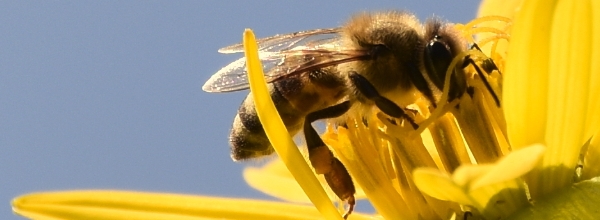The ecosystem of the Earth is currently facing a 6th Extinction Level Event, also called the Holocene Extinction or Anthropocene extinction.
Data series, observations, and scientific research support the fact that species are going extinct 100 – 10.000 times faster than the estimated historical background extinction rate.
According to the Living Planet Report 2014, just since 1970 the average decline in abundance of assessed taxa is
– 39% for terrestrial species,
– 76% for freshwater species,
– 39% for marine species.
Especially alarming is the fact that the numbers cited above are:
A) estimated global averages. In certain geographical regions the decline is far larger than the numbers suggest. For example the decline of Amphibians in South-America is estimated to be over 85%, the decline of certain marine species, especially large fishes is estimated well above 90%.
B) based on an aggregated trend of some 3000 observed and assessed species only. From the 1.74 million known species there are only 45,333 included in IUCN’s Red List 2014 as non-Data Deficient, meaning that these taxa were assessed once during the past 5-10 years; these represent just 2.6% of known species. There are no data available for 97.4% of the known species, which means their threat status could not be established.
The particularity of the currently progressing extinction wave is that it is not caused by a geological or cosmic catastrophe, but the activities of populations of Homo sapiens.
This human-fueled extinction wave has already severe impact not only on hardly know exotic species lived in clear cut tropical forest or flagship mammals like Tigers or Rhinos but also on species like Honey bee and other pollinating species.

